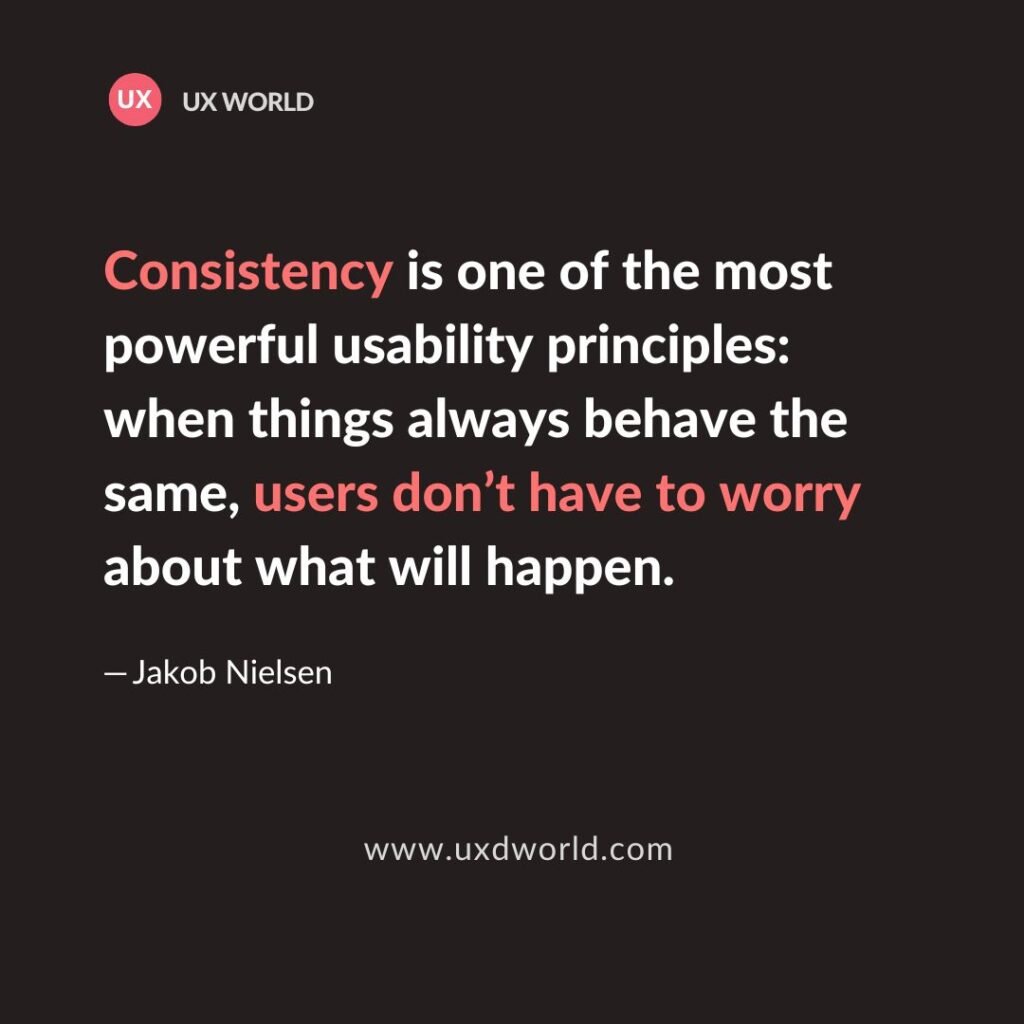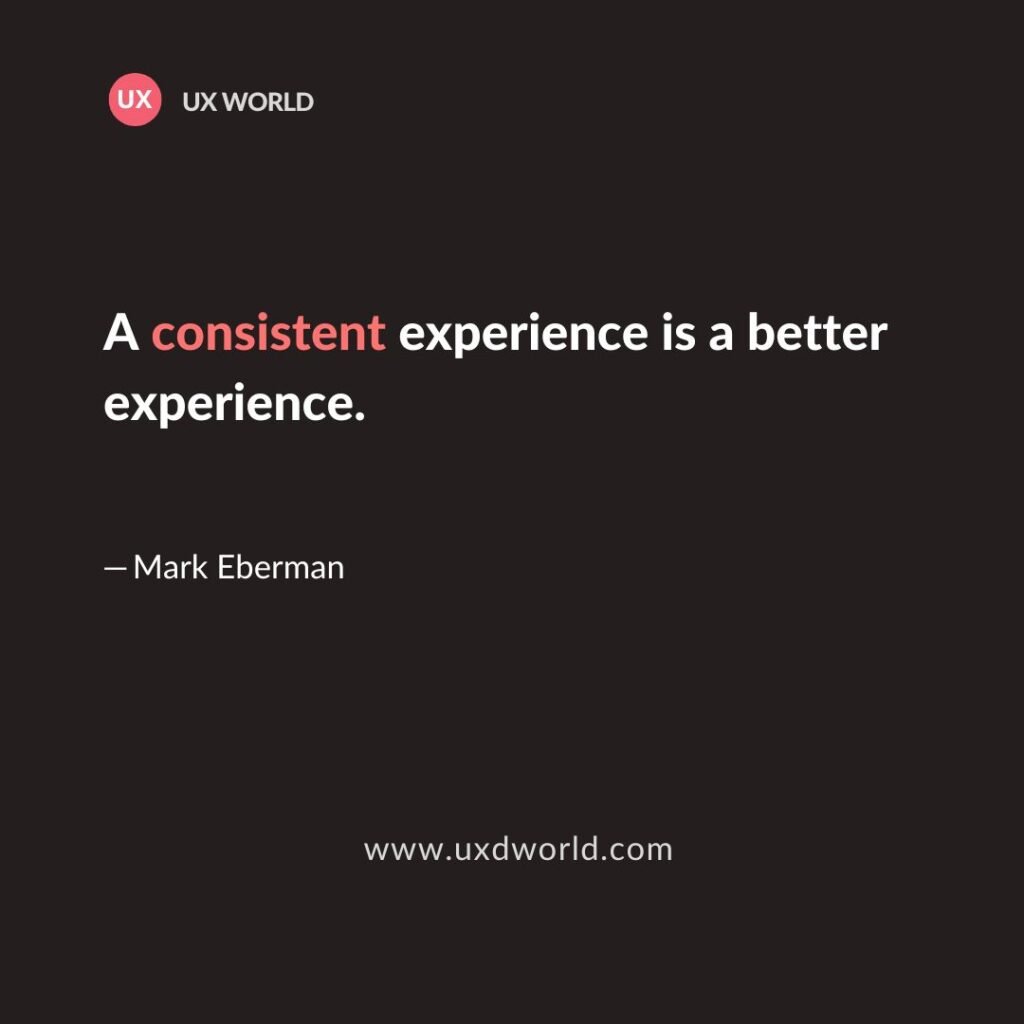“A user interface is well-designed when the program behaves exactly how the user thought it would.”
— Joel Spolsky
Great user experience (UX) design allows users to understand it and interact with it instantly. It is designed in a way that users can predict their next interaction and its outcome or response.
If an interface behaves unexpectedly, there is a big chance that users will not like it and they don’t want to use it again.
Predictability is an important design principle that helps you to reduce the cognitive load for users and makes it easier for them to use your design every time they come to use your product.
What makes a design predictable?
First, the consistent behavior of the design makes it predictable and reliable for users. Consistency allows you to design a usable and user-friendly experience for your product.
If the user has to find a new way each time to achieve a similar goal, this will make him confused and frustrated. Whereas a consistent experience leads to predictability and hence increases the familiarity with design and makes the user feel more comfortable.
Second, understanding the user’s behavior helps to design interactions that are understandable by users and meet their expectations.
An understandable design increases the user’s confidence since they can predict what’s going to happen in response to their actions. And this helps to increase user’s trust and loyalty to your products.
Remember, the result of the predictable design is the ease of use and user satisfaction. The more satisfied the users are, the more they will use your product and hence lead you towards success by generating more sales and revenues.
 UX World is an approved Educational Partner of the Interaction Design Foundation, the world’s largest UX Design learning community.
UX World is an approved Educational Partner of the Interaction Design Foundation, the world’s largest UX Design learning community.
Get 3 months of free membership to learn UX Design here!
Thanks for reading.
Subscribe for more related articles at UX World.
If you have any questions, contact here: Facebook | YouTube | Twitter | Instagram | Linkedin



